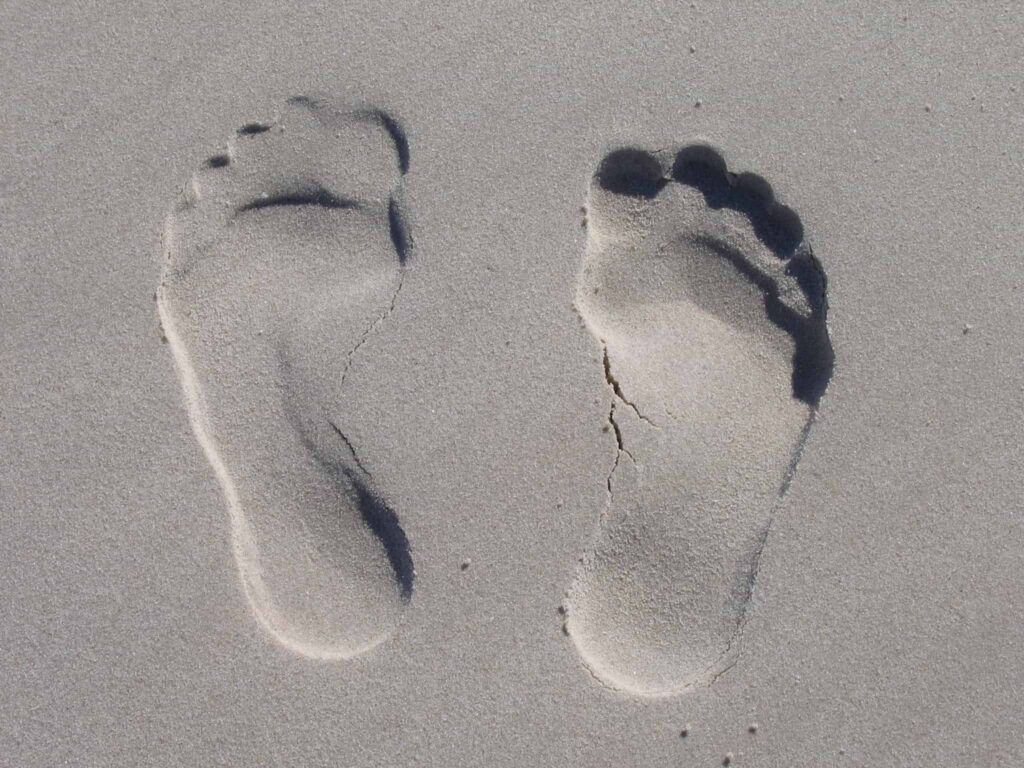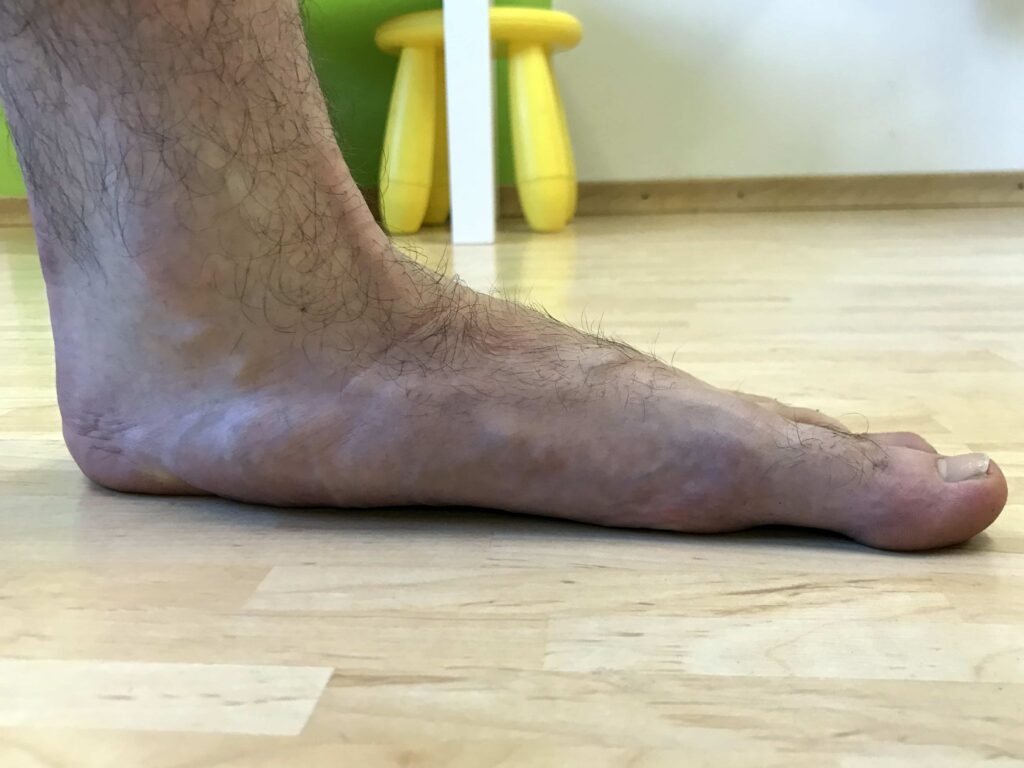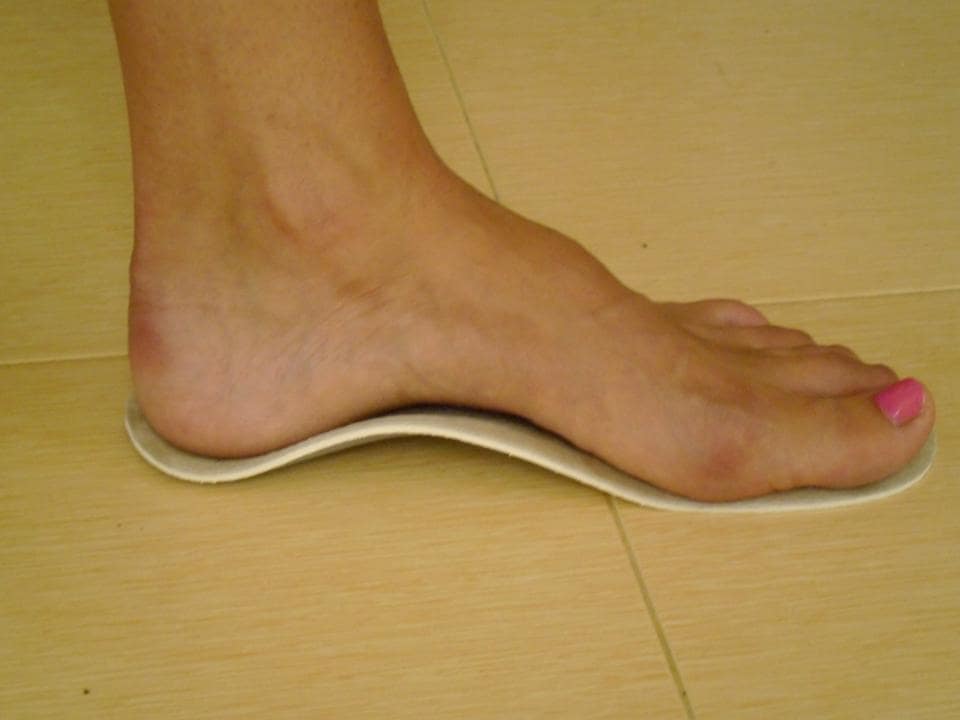Flat feet, also known as pes planus, is a common condition that affects approximately 1 in 4 people during their lifetime. While some individuals with flat feet may not experience any issues, others may suffer from foot pain and difficulty walking. For those facing persistent discomfort, considering the Flat Feet Surgery Pros and Cons is essential. In this comprehensive guide, we will explore everything you need to know if you are considering flat feet reconstruction surgery.
Now, let’s look at how you can naturally incorporate the keyword in each section of the “Flat Feet Surgery Pros and Cons” article within your broader content:
About Reconstruction Surgery for Flat Feet
Flat feet can manifest in childhood, often as a result of genetic factors, ill-fitting footwear, or certain physical activities. As individuals age, the supporting ligaments and tissues in their feet may loosen, leading to the development of flat feet. Medical conditions such as rheumatoid arthritis, injury, and diabetes can also contribute to flat feet.
Flat foot reconstruction surgery aims to repair the ligaments, tendons, and bone structure in the feet, ultimately reshaping the arch to provide better support. The specific surgical procedure depends on the cause of flat feet, the individual’s foot anatomy, and the symptoms they aim to address. A review conducted in 2019 found that most adults who underwent this surgery experienced noticeable symptom improvement.
Pros of Flat Feet Surgery

1. Permanent Solution:
Flat feet surgery offers a permanent solution to the condition, eliminating the need for ongoing treatment.
2. Relatively Low-Risk:
This procedure is considered relatively low-risk, with controlled risks such as bleeding or nerve damage.
3. Minimal Ongoing Maintenance:
Once healing is complete, no ongoing treatment or maintenance is typically required.
4. Restored Mobility:
Surgery restores mobility, enabling individuals to resume activities they enjoy, and improving both mental and physical well-being.
Cons of Flat Feet Surgery

1. Long Recovery Time:
The recovery period after surgery can be long, lasting from 6 to 8 weeks, followed by physical therapy.
2. Extensive Use of Cast:
Patients often spend an extended period in a cast after surgery, limiting mobility.
3. Risk of Complications:
Potential complications include blood clots, nerve damage, and the possibility that incisions or bones do not heal correctly, potentially worsening symptoms.
Who Is a Good Candidate for This Surgery?

Not everyone with flat feet requires surgical reconstruction. Many people with flat feet do not experience pain or discomfort due to the condition and can continue with their daily lives without surgical intervention. Candidates for flat feet surgery typically share the following traits:
- They have received a diagnosis of flat feet through an X-ray.
- They are in good general health and can tolerate general anesthesia.
- They have tried nonsurgical methods to treat their flat feet for an extended period.
- They consistently experience orthopedic pain.
- They have lost the ability to perform certain activities due to flat feet.
Age is not a limiting factor for flat feet surgery. People of all ages can undergo this procedure, as demonstrated by a study published in 2018, which found that those over 65 had equally successful outcomes as younger patients.
What Does the Procedure Involve?
The specific surgical procedure to correct flat feet varies depending on an individual’s bone structure, ligaments, and body type. Several types of surgeries can be used:
- Tendon Transfers: Moving a tendon from one bone to another to address deformities.
- Osteotomies: Cutting and repositioning bones.
- Fusions: Fusing joints to eliminate pain and deformity.
Patients can opt to correct one or both feet, depending on their unique needs. Flat foot surgery is typically performed in a hospital, requiring at least one overnight stay. The procedure is carried out under anesthesia, and small incisions are made in the foot and ankle. The surgeon will then repair the affected tendons and adjust the bone structure, potentially using screws or other hardware.
Recovery and Potential Risks
After the surgery, patients receive topical anesthesia and oral pain medications. A cast is applied to the foot to support healing, and patients are advised not to put weight on the treated foot for an initial 6 weeks. Recovery can take between 6 weeks and 3 months, involving follow-up appointments with the surgeon. Patients may be fitted with an orthopedic boot and prescribed physical therapy to regain full mobility.
While major complications are rare, potential risks include nerve or blood vessel damage, incomplete healing of incisions or bones, blood clots, and infection. Pain and limited mobility are expected during the healing process but tend to resolve within 6 to 8 weeks.
Cost Considerations
Whether flat foot surgery is covered by insurance depends on the individual’s plan and provider. If the surgery is deemed medically necessary by a physician, it should be covered. Without insurance, out-of-pocket costs can range from $4,000 to $10,000, considering co-pays, deductibles, and post-surgery prescription medications – surgery for flat feet cost
Alternatives to Reconstructive Surgery

For those who do not wish to undergo surgery or do not meet the criteria for it, there are alternative treatments available:
- Prescription Orthotics: Custom-made insoles designed to provide arch support.
- Fitted Boots: Specialized footwear to correct arches.
- Physical Therapy: Exercises and guidance to improve foot strength and mobility.
- Steroid Injections: Used to manage pain and inflammation.
- Rest and Immobilization: Reducing strain on the feet.
- Over-the-Counter Inserts and Orthopedic Footwear: Enhancing comfort and support.
- Flat Feet Exercises: To increase foot mobility.
These alternatives may help alleviate pain and enhance foot function without the need for surgery.
Buy now on Amazon
In Conclusion
Flat feet surgery, while highly effective, is not without its pros and cons. It offers a permanent solution and significant symptom reduction but comes with a potentially lengthy recovery period. Candidates should carefully consider their individual circumstances and consult with a medical professional to determine the most appropriate treatment for their flat feet. Whether opting for surgery or exploring alternative treatments, the goal is to improve foot comfort, mobility, and overall quality of life.
By understanding the benefits and risks associated with flat feet surgery, individuals can make informed decisions about their treatment options. Ultimately, the choice should align with their unique needs and preferences to achieve the best possible outcome for their flat feet condition.
So this was the end of the article- All About Flat Feet Surgery Pros and Cons! I hope you liked it, if so, kindly read our other articles too-
6 Amazing Benefits of Coconut Apricot Wax!
